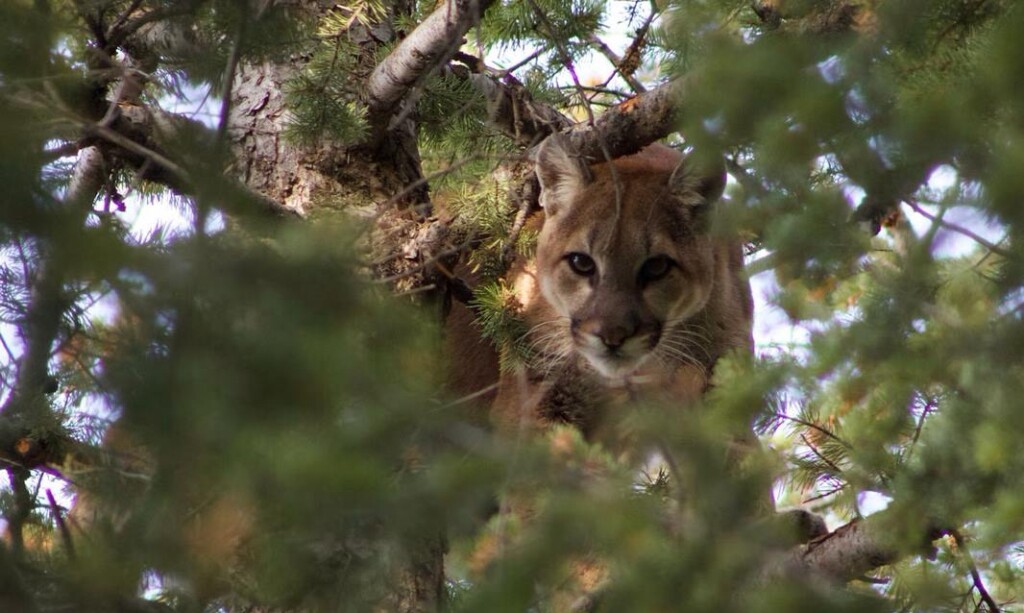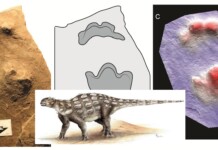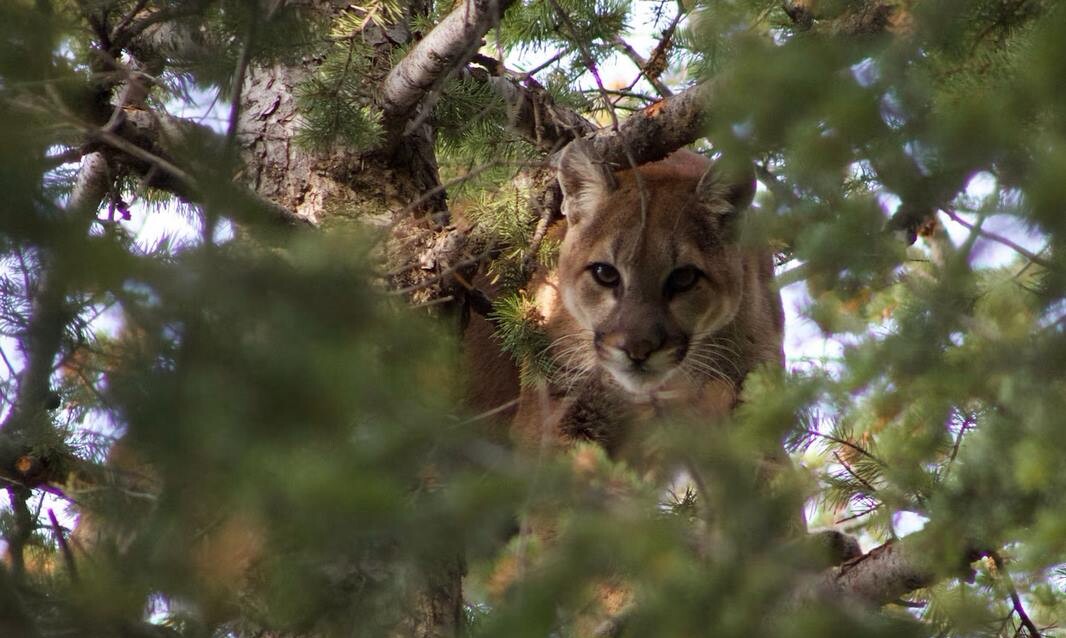
Cheekily described as “reverse feline Manifest Destiny,” a GPS-collared mountain lion or cougar was recorded traveling 1,000 miles eastward from her home in Central Utah to the eastern slopes of the Rockies.
It’s an incredible journey that showcases just how at home this extirpated mammal is in America’s wilderness areas, and hints that, proper management permitting, this species could recolonize several states east of the Rocky Mountains such as Arkansas and Missouri, where it once roamed.
In 2022, at 2.5 years old, female mountain lion P66, was detected moving eastward from her base in Utah, veering a bit north, and then swimming across a reservoir on the border with Wyoming.
She kept on going until she fell as prey to another mountain lion on the eastern slopes of the Rockies more than 1,000 miles from where she began.
These sorts of wanderings are not unheard of, and in fact, one male cougar (called a Tom, short for Tomcat) made it all the way to Connecticut in 2009, having started in South Dakota.
Morgan Hinton, a Utah wildlife biologist, told Nat Geo that she opened her laptop in summertime, months after P66 began her reverse feline manifest destiny, and was understandably blown away by how far she had gone—almost out of the state entirely by then.
“Then I wanted to look at her every day,” Hinton says, since the cat’s collar pinged regular locations to a satellite every 24 hours. “Especially when she got into the Uinta Mountains of Utah. We knew: This cat is going to go somewhere. She is cruising.”
These occurrences made wildlife biologists estimate that lions would recolonize some more eastern states in the next 25 years, but apart from a few ambitious individuals like P66 with the travel bug (maybe the travel tick in this case) such expansions haven’t really materialized.
But what these voyages do show is that cougars are perfectly at home in most if not all corners of the United States.
“We need to help people understand the benefits of sharing a landscape with big cats, how they really do fortify our ecosystems,” Mark Elbroch, puma program director for Panthera, a global wild cat conservation organization, also told Nat Geo. “They support biodiversity. They make systems more resilient. And ultimately, that only makes our communities stronger and healthier.”
MORE CHARISMATIC CREATURES: Super Rare Wolverines Haven’t Been Seen For a Century in Mt. Rainier—Now They’re Back in a Family Way
Reestablishing populations of cougars isn’t actually as easy as these cruising cats make it seem. They heavily shy away from roads, and need large tracks of open country with plenty of prey species.
Deer populations in many parts of the United States could use more natural predators, which could ease the epidemic of Chronic Wasting Disease (CWD) that has infected deer in 31 states.
It’s believed that the burden of CWD on American cervids would be lessened if more predators were around to hunt them. Mountain lions, grizzly bears, and wolves are all extremely effective hunters of deer, elk, moose, and caribou—the species that can contract CWD.
MORE AMERICAN WILDLIFE: American Marten May Be Set for Return to Pennsylvania Forests After 100-Year Absence
However, in states east of the Rockies these, in the case of lions, extremely rare. Some areas could support, and may already be supporting, mountain lions in conjunction with high rates of CWD such as the Ozarks of Arkansas. Lions were native here but extirpated by the 1920s.
The Arkansas Game and Fish Commission has been contacted on hundreds of mountain lion sightings in recent years, but only 15 have been confirmed by the organization so far. Beginning of 2016, surveys of deer in the Ozark county of Newton found that 23% of deer may have had CWD.
Reestablishing lions in these areas could be a solution, and it seems like there are at least some cats out West with paws just itching to start recolonizing.
SHARE The Incredible Journey Across The West With Your Friends…




















